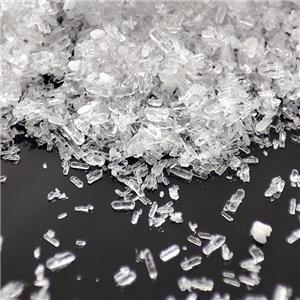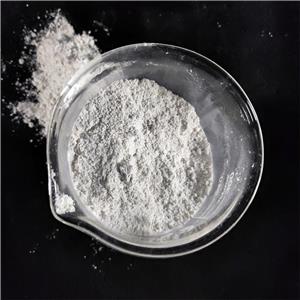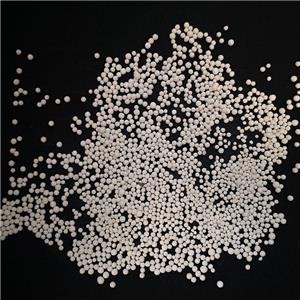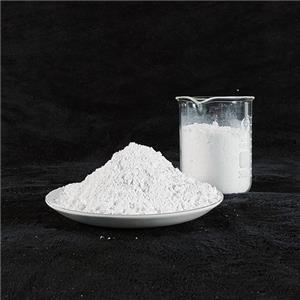what-are-the-advantages-of-magnesium-hydroxide-in-the-field-of-flame-retardants-4
Application performance of Magnesium Hydroxide Flame Retardant in different material systems
As a high-efficiency flame retardant, Magnesium Hydroxide for flame retardant has been successfully used in a variety of polymer-based composite materials. Depending on the characteristics of the substrate, its flame retardant efficiency and application advantages show significant differences. By analyzing the specific performance of Magnesium Hydroxide Flame Retardant in various material systems, scientific basis and technical guidance can be provided for the design of flame retardant formulas in different application scenarios.
In the field of rubber materials, the flame retardant modification effect of Magnesium Hydroxide Flame Retardant is particularly prominent. Studies have shown that in ethylene-vinyl acetate rubber (EVM)/nitrile rubber (NBR) blended vulcanizates, with the increase of Magnesium Hydroxide Flame Retardant dosage, the limiting oxygen index (LOI) of the material is significantly improved, indicating that the flame retardant performance is significantly improved. Cone calorimeter test data show that when the addition of Magnesium Hydroxide Flame Retardant reaches 180 parts, the heat release rate (HRR) and mass loss rate of the composite material are greatly reduced, and the peak time of the heat release rate is prolonged, and a new heat release rate peak appears, which indicates that magnesium hydroxide changes the combustion behavior of the material by promoting the formation of a carbon layer. The advantage of this flame retardant effect is that while magnesium hydroxide plays a flame retardant role, it will not damage the elasticity and mechanical properties of rubber like some halogen flame retardants, so that the product maintains good performance. In high-friction and high-durability products such as automobile tires and industrial rubber parts, Magnesium Hydroxide Flame Retardant can also improve the wear resistance of rubber and extend the service life of the product.
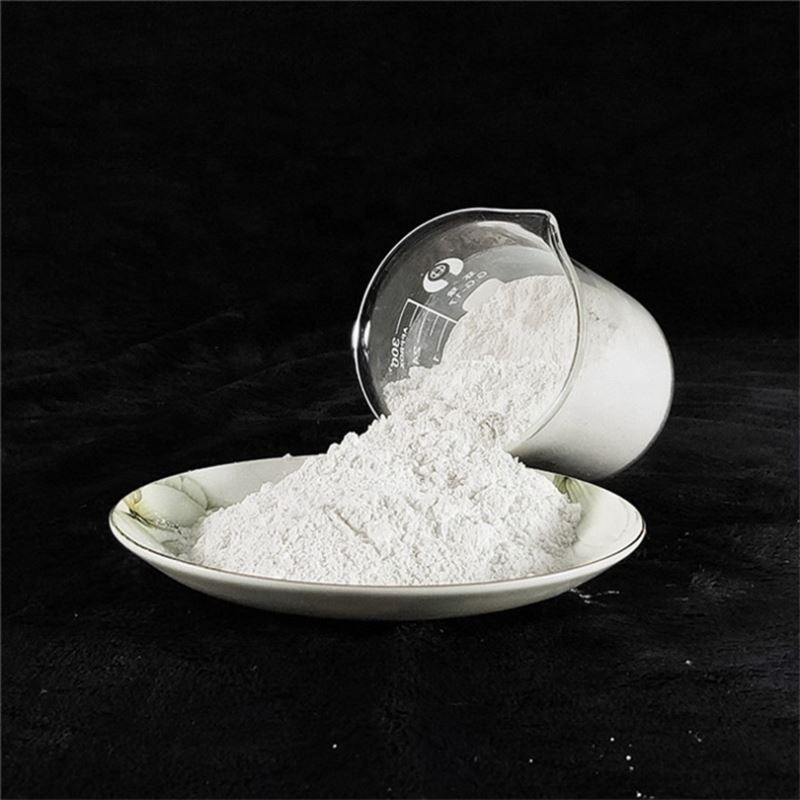
Engineering plastics are another important application area of Magnesium Hydroxide for flame retardant. After adding 20% magnesium hydroxide to polybenzoxazine resin, the vertical burning time of the material is significantly shortened, and the flame retardant grade reaches UL-94V0 level; cone calorimetry test shows that the ignition time is extended from 33 seconds to 52 seconds, the peak heat release rate is reduced from 635.4kW/m² to 255.93kW/m², and the total heat release is reduced from 99.1MJ/m² to 67.72MJ/m²5. These data fully prove the effective protection of Magnesium Hydroxide for flame retardant for high-temperature engineering plastics. For polypropylene (PP) materials, the synergistic use of magnesium hydroxide and expandable graphite (EG) creates a more efficient flame retardant system - when the EG particle size is larger, the expanded carbon layer formed has better continuity and density, making the composite material have good flame retardancy, smoke suppression and processability at the same time. In PP/SEBS/oil composites, Magnesium Hydroxide for flame retardant also gives the material a solar reflectivity of up to 47.23% and a thermal emissivity of 0.86, achieving a cooling effect of 15°C, expanding its potential in outdoor applications that require cooling performance.

